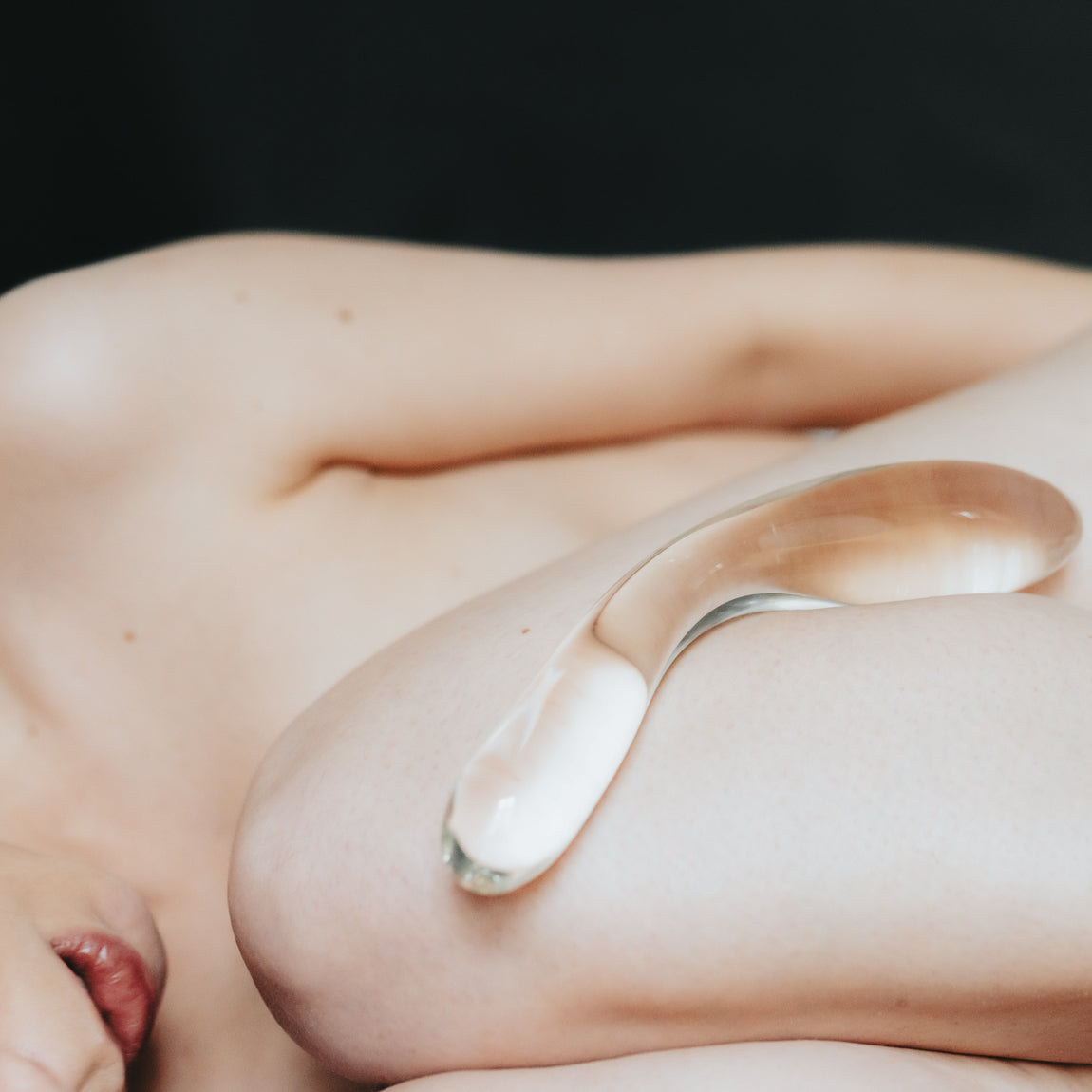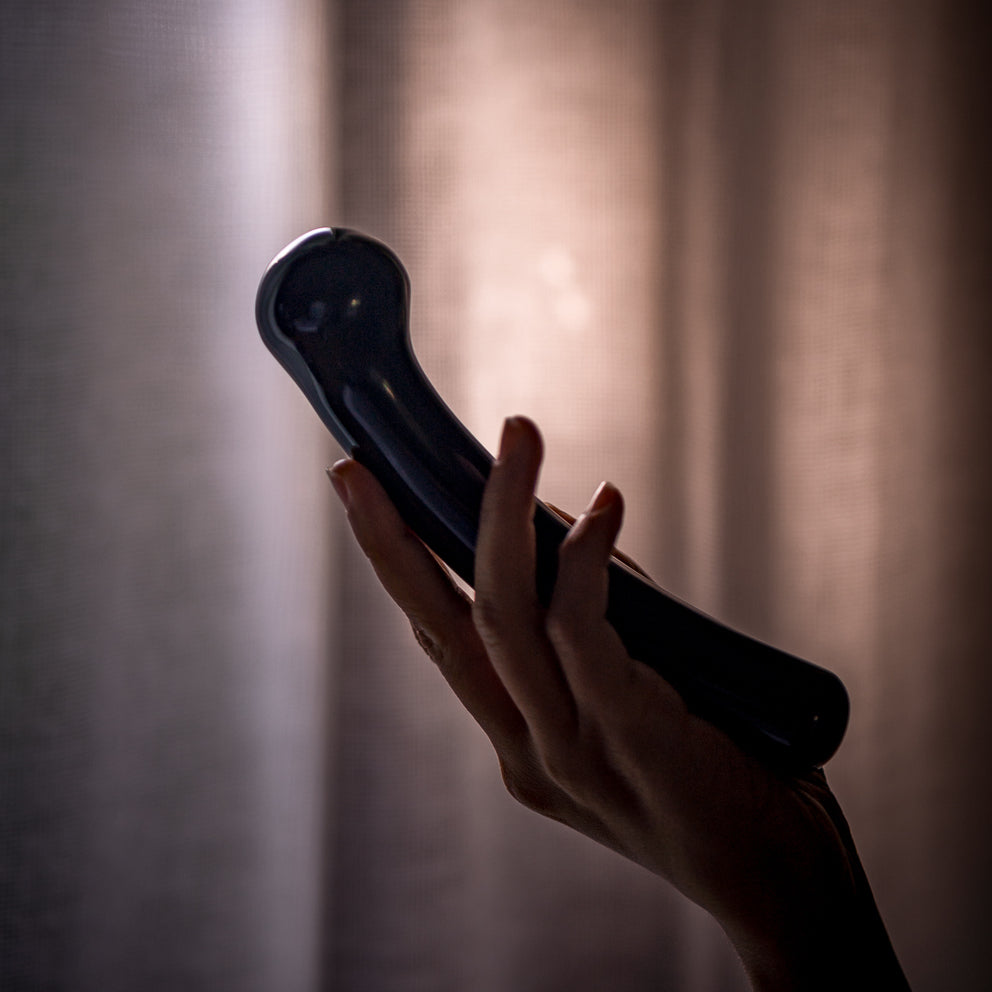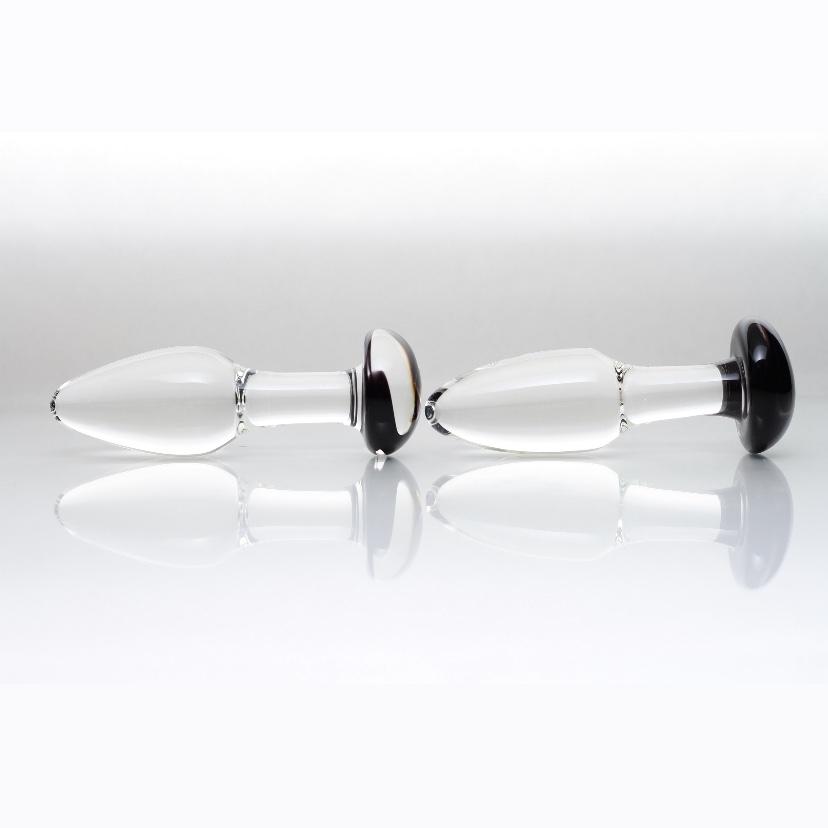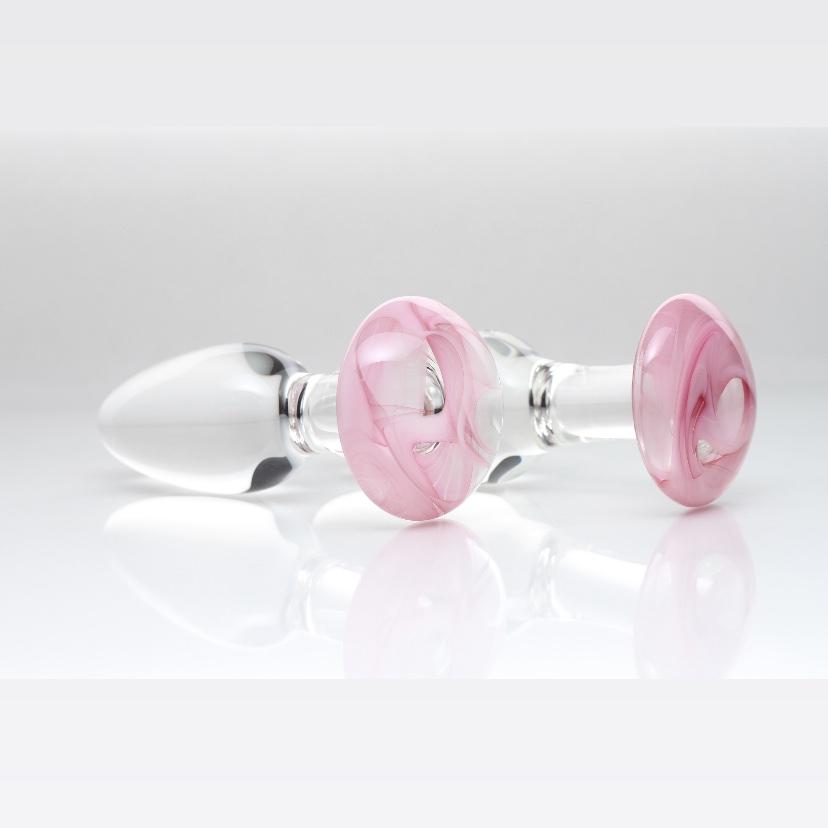
Periods don’t have to be painful
By Hilary Metcalfe
Feelings of dread have surrounded my period since I was a plucky 12.5-year-old ushered into womanhood in a hotel bathroom in Mexico. The dread escalated as the years went on, a growing battle between me and my body. Stained clothes in public places, frightening mood swings, crying, cramps, backache, acne, nausea and later, the debilitating migraines of my 20s that joined the PMS party. The migraines and cramps could lay me flat on the days before and, the first day or two of my period. Who wouldn’t dread that? Decades of negativity surrounding a completely natural process, something so frequent and constant in life as my monthly cycle could not possibly be healthy or productive, but dread it I did. I was oppressed by my own period.
In an attempt to reduce my period pain and symptoms, I had been on and off synthetic hormones in the form of the contraceptive pill for years. But, most of these hormones produced even more intense mood swings and a feeling of not quite being myself. All that was better than the period pain, I thought. But then, the migraines came. Blinding pain sometimes induced vomiting at the onset and could last anywhere from 8 to 24 hours. And they kept coming, soon they were creeping out of the bounds of PMS and into everyday life with a frequency that disturbed my work, social life and marriage.
The only recourse I had from my Gynaecologist was to recommend a different hormonal birth control (again). Neurologists and specialists offered a combination of blood pressure medication, traditionally prescribed for middle-aged men with heart failure, and two types of painkillers that taxed my liver and constipated me. The doctors responded to all my questions of ‘why’ with what felt like non-answers.
“Genetics or maybe hormones”, they said. “How long do I have to take this medication for?” I asked. “We don’t know, maybe for life” was the reply. This was a terrifying response for an otherwise healthy 27-year-old.
Fed up with the migraines, the lack of clarity and the medications, I went in search of other solutions. I stopped putting my health in other people’s hands and instead applied myself to the task of understanding what was going on in my body and how to help myself. I immediately felt freer and slowly, I began shaping a new relationship with my body. But most importantly, I felt a lot healthier, more aware and empowered. I don’t dread my period anymore, I look at my cycle as an integral tool that helps me to plan my life better, to be kinder to myself, to remember what I need at certain times of the month, in my diet, from my relationships, my schedule and from myself, so I don’t become overwhelmed and feed the imbalances that led me to such depths of discomfort, dread and desperation. Though I still slip up and have a tough period now and then, I come back to this set of tools (see below) time and time again to find balance once more.
Before embarking on any health regime, always check with your medical professional as very disruptive and painful periods can also be a symptom of something more serious like Polycystic Ovarian Syndrome (PCOS) or Endometriosis. However, much of what you’ll read below can also help reduce the symptoms of these more severe hormonal issues.
You may not need all of these tools. A couple of these key changes alone could be profound and life-changing for you, or maybe you need all five. You’ll probably know intuitively when you read them what might be the hardest-hitting and right-fit support, but perhaps you’ll experiment with this toolset in gradual steps. I went in phases and each one came with a marked improvement and better overall health.
Here are my top 5 tips for reducing period pain:
- Reduce Endocrine Disrupting Chemicals in your skincare
- Take a good, hard look at diet, sugar, alcohol and your BMI
- Get the key supplements you need
- Explore the power of these herbal remedies
- Start cyclical living and better self-care
EDCs are a class of chemicals that interfere with normal hormone function and may result in “subfertility, infertility, improper hormone production, oestrous and menstrual cycle abnormalities
Cleaning up your skincare regime
When I started researching hormonal imbalance for myself and causes, I found that certain chemicals that interfere with normal hormone function could cause disruptions in female reproductive functions and even result in “subfertility, infertility, improper hormone production, oestrous and menstrual cycle abnormalities, anovulation, and early reproductive senescence” or deterioration, according to the Journal of Endocrinology.
These endocrine disruptor chemicals including parabens, benzophenones, bisphenols, and phthalates and others, were all around me in my everyday products like make-up, shampoo and conditioner, perfume, sunscreen, face wash, body moisturiser and more. They could even be absorbed by my body from the types of containers that carried them, like certain plastic ones. I immediately decided to clean-up my routine, bedside table and medicine cabinet. I switched up or (as they ran out), ditched my old products and opted for cleaner and greener ones. This is one of the main reasons I felt a hormonal balancing offering for women with the SABI had to address our daily rituals of self-care with natural products and, use exclusively glass packaged skincare.
Take a good, hard look at your diet, sugar, alcohol and your BMI
Cleaning up my skincare from these endocrine disruptors led me to the kitchen, where more of them lurk in the form of pesticides that we absorb from the fruits, vegetables, dairy and all farmed ingredients that are not explicitly organic, or pesticide free. Additionally, non-organically fed animals are often given antibiotics, which can also impact our health and hormonal system.
Removing the obvious hormone-impacting foods from my diet was the next step. If consuming animal protein, consider switching to animals that eat a grass-fed or natural diet (meaning free range and not grain-fed). For vegetarians and vegans, an organic and pesticide-free diet. Meat and dairy are some of the most hormone-impacting foods if not organic and grass-fed, but mono-cropping and conventional farming of soy, corn and wheat include the use of massive amounts of pesticides and fertiliser, genetically stripping the crops and soil of nutrients, all of which also impact our bodies negatively, not to mention their grave environmental impacts.
Higher levels of inflammation in the body contribute to more painful periods.
Sugar and alcohol intake is another biggie. Immediately I reduced both and even went two menstrual cycles without each in turn (elimination dieting) to gauge the impact they had. Sugar turned out to have the most significant impact on my periods, probably because my alcohol consumption was low. Alcohol also breaks down as sugar in the body, and both have a negative impact on the heaviness of a period due to the inflammation they create. Higher inflammation in the body contributes to more painful periods. Alcohol dehydrates you and increases prostaglandins levels, worsening your period cramps and may cause you to bleed more during menstruation. “Since alcohol is both a blood thinner and increases oestrogen levels, heavy drinking may lead to a heavier period. That’s because oestrogen stimulates the growth of endometrial tissue (the lining of the uterus) that’s being shed. This means that the more you drink, the more you’ll have to shed during a period, which means heavier bleeding”. (2)
If you do opt for sugar, go for whole foods and fruits whenever possible or combine sugar with a protein source. Even better, consume protein (and ideally vegetables) at least 20 minutes prior to your sugar consumption so as to stabilise the insulin spike and mitigate the potential build-up of inflammation. Also, stay as hydrated as possible, which supports the body shedding the uterine lining but especially when consuming alcohol. I now opt for a glass of water, or two, with every drink and try to start the night with two glasses of water to get ahead of the dehydration game.
Women who are either underweight or obese based on their BMI are more likely to experience severe menstrual cramp pain.
Changing my diet also meant I started to lose weight and enter a healthier body mass index or BMI. Turns out, women who are either underweight or obese based on their BMI are 34% and 22%, respectively, more likely to experience severe menstrual cramp pain than women whose weight falls in the normal or overweight BMI ranges–even after adjusting for factors that can impact cramp pain, such as cigarette smoking and alcohol consumption (3).
Get the key supplements you need
This section is short and sweet and an easy follow-on to the dietary changes. Often, when we are experiencing an imbalance in the body, like a hormonal one or migraines, we may also be experiencing a deficiency in key nutrients. These supplements are foundational in supporting many, many processes and systems in the body, including muscle spasms, bowel elimination, relaxation, cognitive performance, better sleep, and (remember from up top), reducing inflammation. These are key supplements the body needs, especially if struggling with tough periods and hormonal imbalances.
Studies indicate this supplement may reduce inflammation, support hormone balance, improve metabolic conditions, PCOS, severe PMS or PMDD, recurrent pregnancy loss, and support fertility.
i) Vitamin B-Complex, especially B-6 for PMS
B-vitamins are essential and support our nervous system, this is especially helpful when feeling stressed, overworked, tired and emotional. This study indicates B-vitamins directly support our cycle and may reduce PMS incidence and severity. B-vitamins are water-soluble, meaning we need to replenish them daily through our diet or supplementation, we don’t have “stores” of vitamin B. This is especially true for vegans, who are more likely to be vitamin B-deficient and require daily supplementation. For maximum benefits, take B-complex in the morning and this 2021 study suggests combining it with Magnesium to activate B-6.
PMS may be a symptom of hypomagnesemia or magnesium deficiency
ii) Magnesium is crucial for your brain and body and supports many key functions like sound sleep, muscle recovery, electrolyte balance, heartbeat and immune system function. It is especially beneficial for migraines, cramping, restless legs, disturbed sleep and elimination issues, like before your period or after birth. Interestingly, heavy PMS (as well as migraines, leg cramps and consistently cold hands and feet) are symptoms of magnesium deficiency or hypomagnesemia. Taking upwards of 1,000mg per day when my migraines were at their worst was a huge help, but note that taking it transdermally is especially effective, in a tub or foot soak than opting for a dietary supplement. Magnesium saves.
iii) Omega-3 fatty acids are natural anti-inflammatory agents. I notice I feel calmer and clearer when I consistently take omega-3 fatty acids. Mood support is half the battle for PMDD sufferers like me to support the hormonal drop off just after ovulation, which can make the build-up to my period, especially volatile and emotionally heavy or sensitive. It is also effective for period pain related to inflammation. See this study in the International Journal of Gynaecology and Obstetrics on the natural, anti-inflammatory action of omega-3 found to relieve menstrual pain.
iv) N-acetylcysteine is a precursor to the amino acid L-cysteine and Glutathione, which is known as the mother of all antioxidants. It combats oxidative stress in the body and supports many functions in the body (including dramatically reducing a hangover if taken before alcohol consumption begins, a little tip from me). Studies indicate it may reduce inflammation, support hormone balance, improve metabolic conditions, PCOS, severe PMS or PMDD, recurrent pregnancy loss, and support fertility. Dosages range between 500-1,000mg though those on blood thinning medications or heart disease should not take NAC.
The biggest game changer of all for my painful periods was discovering the power of herbal remedies for hormonal balancing, like the ones uniquely blended to create the SABI’s infusions.
The power of plants and herbal remedies
While studying Holistic Nutrition, I began experimenting with plant medicine and herbal remedies. I found several herbs like Red Clover, Raspberry Leaf and Lady’s Mantle, that are known as women’s herbs and helped period flow, cramp severity and evening out the hormonal drop-off I experienced as far as 10 days before my period. But, I could not find these herbs in a format that was easy to take. I had to order the herbs in bulk, sometimes each from a different provider and then blend them in the right dosages. It was a nuisance and not suitable for most women, so after many years of testing and perfecting the formulas, I turned them into one of our core products: the SABI Herbata. Herbata is the Polish word for tea but sounds a lot better than the Herbalist name for these remedies: Nourishing Herbal Infusions, a mouthful. They have been around since the first wise women and healers of mankind began experimenting with plants as medicine. Herbata feels natural, cosy and potion-like, just right. I worked with a Master Herbalist and the Chair of Botanical Medicine at the Canadian College of Naturopathic Medicine, Dr. Marisa Marciano to refine our SABI offering and a renowned OB/Gynaecologist, with a holistic approach, Dr. Madeline Sutton, to approve the formulas for safety. SABI’s Herbatas were then verified by a special tea microbiologist who tested brewing times, concentration and storage.

For me, the power of herbal remedies has been the biggest game changer for the physical symptoms of hormonal balancing. This is because, even if I drink a bit too much alcohol in a month or eat a bit more sugar than I normally would, or even neglect my cyclical living guidelines and feel overwhelmed, a well-timed Herbata will always lessen the blow of a tough period.
Rather than viewing my period as a one-off monthly “event” to be dreaded and treated, I looked at it within the context of my overall monthly cycle, and a door unlocked.
Better self-care through cyclical living
The final piece of the puzzle for me was about self-awareness and adopting a different, more holistic approach to my body, energy levels and period. Rather than viewing my period as a one-off monthly “event” to be dreaded and treated, I looked at it within the context of my overall cycle, and a door unlocked. Cyclical living gives me the strength to enforce my boundaries better and enables me to listen to what my body needs during the different phases of the month. For example, I plan social events, more high-intensity workouts and finishing up work deadlines when energy is high and the body supports these goals, during the summer, right before and during ovulation. In comparison, in winter, close to or during my period, I organise gentler workouts, like yoga and hiking and I might not plan or even have to cancel plans, knowing I’ll be more cosy, introspective and wanting to stay close to home. I now look ahead in the month and plan my life accordingly meaning I can work with my cycle, honour my body’s messages and set myself up for success.
There are several great books and tools for cyclical living. I would start with Maisie Hill’s “Period Power” or Alissa Viti’s “The Woman Code” to understand the cyclical approach better and explore our Resources page in the SABI’s Conscious Collective for more tools.
HORMONAL AND PROUD
These are some of the most important discoveries I have made during my 12 years-long health journey. This journey began with intense period pain, being overweight and unaware of what was going on inside my body and what I could do about it. Through this pain, I have traversed a beautiful path that led me to more awareness and to become a Holistic Nutritionist, plant-based Chef and Product Developer. It also led me to become a calmer, happier and better me, who embraces her hormones. I see the hormonal system as something to be proud of, not a state I am in from time to time. For me, my hormones are a source of strength and power to know myself better and to serve as a key to unlocking and supporting my emotional and physical well-being.
This new relationship with my body, my learnings and these tools, inspired me to want to help other women navigate their hormonal struggles and create what I wish I had been able to access long ago, with The SABI. It is here that my partner Anna and I offer natural remedies for Hormonal Balancing & Holistic Skincare, to tap into the essential daily rituals of self-care, and Sisterhood, through our community, with research articles, storytelling, profiles and more, coming soon on the Conscious Collective.
I invite you to join the conversation online in the Collective, on Instagram or drop us a line with your wishes, feedback and struggles. We will consult our medical and naturopathic experts to answer the questions we can’t. We’d love to hear from you and have your input to drive our growing Sisterhood.
Here’s to being hormonal and proud!
With love,
Hilary
ABOUT HILARY
Hilary is the Co-Founder of the SABI, a Holistic Nutritionist, natural, whole foods Chef, product developer and advocate for women getting to know their bodies, cycles and selves better. Born in Los Angeles, California and raised in Baja California, Mexico, she now lives in Amsterdam, The Netherlands with her partner and her dog, Flint.
SOURCES
1. Rattan, S., Zhou, C., Chiang, C., Mahalingam, S., Brehm, E., & Flaws, J. A. (2017). Exposure to endocrine disruptors during adulthood: Consequences for female fertility. The Journal of endocrinology, 233(3), R109. https://doi.org/10.1530/JOE-17-0023
2. Alcohol and your period https://www.banyantreatmentcenter.com/2021/11/09/alcohol-effects-on-menstrual-cycle-stuart/
4. Ebrahimi E, et al. Effects of Magnesium and Vitamin B6 on the Severity of Premenstrual Syndrome Symptoms. Available from: https://www.ncbi.nlm.nih.gov/pmc/articles/PMC4161081/




















